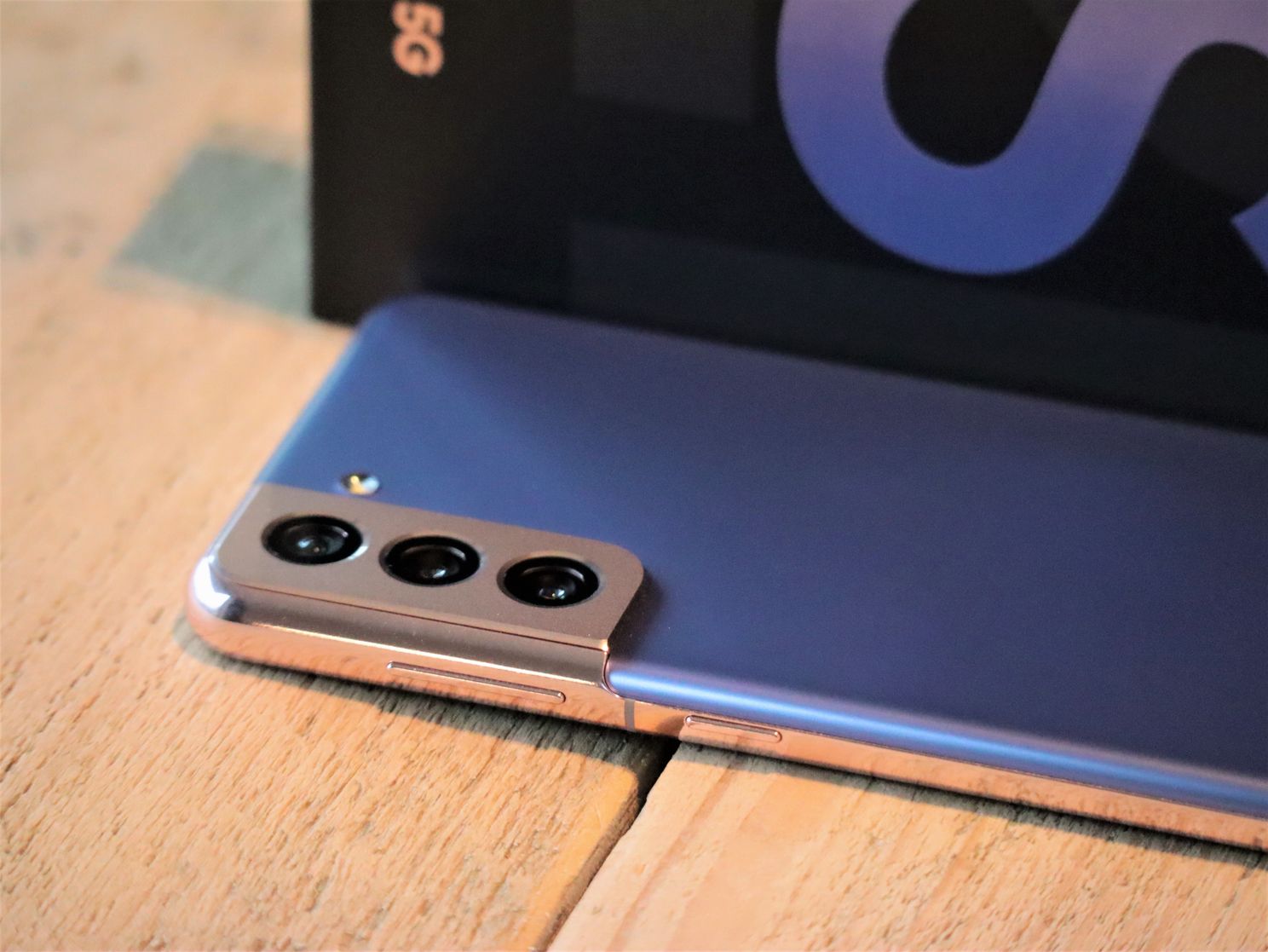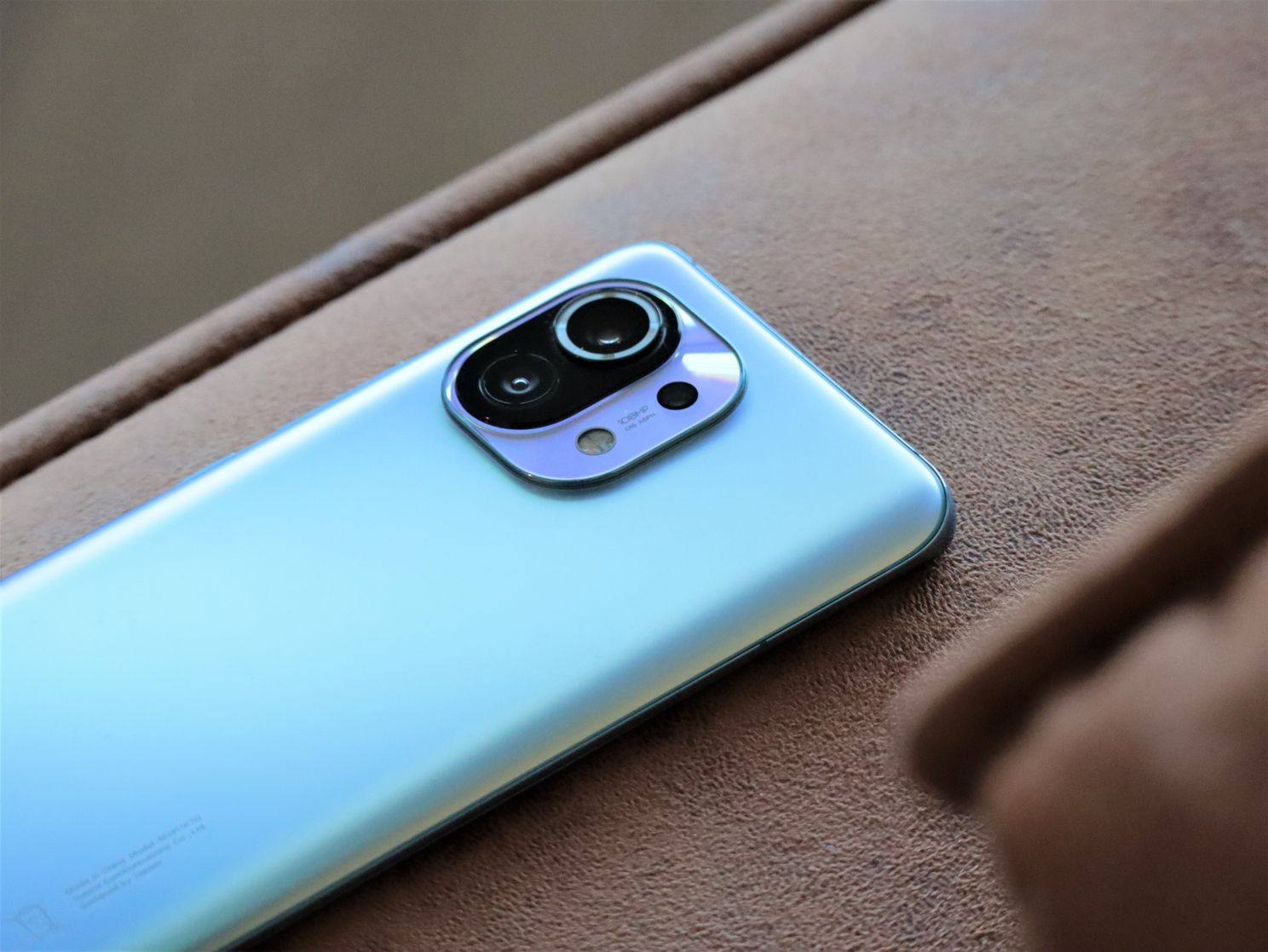
Phones with one camera have gradually disappeared from the market in recent years, while phones with three, four or sometimes five cameras are on the rise. Nowadays, a higher number seems to be synonymous with better quality or experience, but that’s not the case with camera phones: here’s what to look for when buying a phone with many cameras.
Cameras with a phone
Do you still buy a phone with cameras these days, or is it the other way around and buy cameras with a phone. From the marketing talk of Realme – a sister company of OnePlus – at IFA 2020 came the answer to that question: it is neither. Sure you buy a phone with cameras, but you also mainly buy a marketing story with little impact on the photos you plan to take. The company boasted on the stage of the Berlin tech fair about the market penetration of their ‘quad-camera’ phones.

According to Realme, figures from Counterpoint show that 66.1 percent of its phones contain four cameras. The competition would lag far behind. At Samsung, for example, this percentage is 20.4 percent. A considerable achievement for Realme, but also one without added value, which is often apparent when we take a closer look at the camera modules.
Instead of using four sensors that each contribute to better photo results, the last two cameras usually have a 2 MP resolution. The added value is therefore very limited. This is all the more apparent when you look at the functions for the two sensors – in the vast majority of phones they are macro and depth sensors that you will not use, or otherwise hardly, during the operating time of the phone.
- Macro sensor: can be used for close-up photos of insects, for example. The disadvantage of the 2 MP sensors in phones is that they often capture too little detail to be effective as a macro camera.
- Depth sensor/portrait sensor: the names are used interchangeably, but usually represent the same type of sensor. According to manufacturers, the portrait effect – with a blurred background – is enhanced by the 2 MP depth sensor. In many cases you cannot take pictures with it. It is also known that a software solution can often bring about comparable or even better results. Take Google’s Pixel phones as an example.
Marketing story without end
Not only Realme sells its marketing story in this way. Samsung, OPPO, TCL, OnePlus, Huawei, and Xiaomi: they all sell phones with the two added cameras in order to position the device against another device with the same 2 MP sensors. It therefore seems to be an endless race, with unnecessary ‘costs’ for both the consumer and the climate.
To improve camera sensors, manufacturers could focus on new camera sensors for the main camera, improved software for processing the photos a phone takes, a wide-angle camera with a better wide-angle lens or a higher-resolution sensor for the wide-angle lens, or even optical image stabilization so that the midrange telephones can also take beautiful photos during movements.
These are all valuable improvements, but that does not seem to be the case in the short term. It remains to wait for a major player to announce that they are moving away from these 2 MP sensors, which is why other manufacturers are also attracted to forego these sensors. Until then, it’s your turn to pick out the phone with the best camera sensors.
High-end vs. midrange phones
High-end and mid-range phones differ quite a bit in price. For a powerful midrange telephone you have lost a little less than 400 euros, while high-end telephones often go over the counter for amounts above 700 euros. You expect to see that price difference in the cameras on your high-end phone, but that is not always the case. OnePlus’ 9 and 9 Pro, which are sold for 699 and 899 euros, for example, contain such an extra 2 MP camera sensor. This time no macro or portrait sensor, but a monochrome camera. Although such sensors can indeed have some degree of impact on photo quality, better quality can now be achieved by optimizing the camera software or by using RYYB sensors.
That OnePlus comes up with such an extra camera sensor at this price point, in its own words to improve the quality of photos from the main camera, is striking. The vast majority of companies choose to equip their high-end devices with sensors that each add something to the camera experience. On the 9 and 9 Pro, this also applies to the first two or three sensors, but the third and fourth 2 MP camera, respectively, seems to have been added to drag in the desired number of sensors.

Samsung, like OnePlus for the first three cameras on the 9 Pro, keeps it on a main camera, a wide-angle camera and a telephoto camera. Only the S21 Ultra gets an extra sensor, a second 10 MP telephoto camera. Sony equips its high-end Xperia 1 and 5 phones with 12 MP sensors at all times, in a main, wide-angle and telephoto sensor configuration. No extra sensor in the line-up to boost the camera module, but pure power through ‘minimalism’.
Less might be…better!
If manufacturers omit the 2 MP sensors from their smartphones, you will probably not notice anything in the quality of the photos. Unless manufacturers add the cost of the 2 MP sensors to the budgets for the lenses, main camera, wide-angle camera and optical image stabilization. But manufacturers don’t just play a game in the number of sensors they offer – more and more people are also playing a megapixel race. Take the Xiaomi Mi 11, for example, or the Galaxy S21 Ultra: both devices have a 108 MP main camera. Furthermore, you regularly see phones that contain a 64 MP or 48 MP camera.
While a higher image resolution can actually be useful for taking detailed photos, the 108 MP sensor leans somewhat toward the same marketing strategy that applies to the 2 MP resolution sensors. More is always better, isn’t it? Well. No, actually it also applies here that a higher number of megapixels (MP) does not immediately result in better photos. More megapixels on a sensor the same size as a 48MP sensor will result in poorer evening photos. Sensors with such a high number of megapixels cannot capture enough light to provide each MP with enough light.

Larger sensors with fewer megapixels lead to slightly less detailed photos, but the additional advantage is that the sensors capture more light. This produces better photos both during the day and at night. Take, for example, the camera on the Google Pixel 5. Although the 12 MP sensor has considerably fewer megapixels than its competition, the sensor still takes excellent photos. This is mainly due to the software features in Pixel phones that ensure that the sensor continues to perform as one of the best in the playing field.
Pay attention to these specifications
So much for the explanation about megapixels and the sense and nonsense of constantly adding extra sensors. Below we explain what you should pay attention to with the cameras of a phone, so that you know in advance what the camera qualities are of the smartphone you purchase.
- Note the functions of the camera sensors. Of course you need a main camera and a wide-angle camera is also regarded by many as a ‘must-have’, but an extra 2 MP sensor for portrait or macro photography – with usually confused photos as a result – is of little use. Feel free to avoid phones with such sensors, or at least be aware of them.
- Take a closer look at the megapixel numbers. A camera sensor with a resolution of 12 MP can perform comparable or even better than a 108 MP sensor. The principle ‘the higher, the better’ does not apply to cameras. Certainly in the budget segment, it is often a good idea to stay away from, for example, 108 MP cameras, because the sensors are often too small to receive sufficient light. Don’t always opt for the phone with more pixels – unless the phone is known to take very good photos.
- Examine the aperture of the cameras. Phones are getting better in this area, but we’re not there yet. The aperture of a camera lens determines ‘how much light’ can reach the camera sensor. A larger aperture (towards 1.0) allows more light to pass towards the sensor than an aperture towards 3.0 or even 4.0. For the main camera and wide-angle camera, you don’t really want an aperture far above f/2.2.
- View the size of the (mega) pixels. As stated earlier, a sensor with more megapixels has less space available per pixel compared to the same sensor equipped with fewer megapixels. Think of it as a pie sliced into more (108 MP) or fewer (12 MP) pieces. The size of a megapixel is described in micron markings (μm). Pixels from 108 MP sensors often have a 0.8 micron size, while Google’s 12 MP sensor has 1.4 micron pixels. A higher number is here all the time better.
- Check if OIS or EIS is present. Some form of image stabilization can help you get better photos or videos when you move. Both optical (OIS) and electronic (EIS) image stabilization absorbs shocks from movement. If you move up and down very hard, the impact of such stabilization is of course limited, but for shooting a photo or video off the wrist, it can certainly be of added value.
Other elements that ensure good photos on smartphones, such as the glassware used (the lenses) and the image processing, you can often not judge without reading a review or purchasing the device. So don’t buy a phone solely on the basis of the above points – read additional reviews about the phones and make a well-informed decision based on that.
What is your take on the marketing war that smartphone manufacturers are waging by adding more cameras or giving sensors a higher resolution? Be sure to let us know in the comments at the bottom of the article.
Want to stay up to date with the latest Android phone tips? then download our android app and follow us on Telegram and Twitter. Also check out our new AW Community for an overview of the most popular AW members.
– Thanks for information from Androidworld.